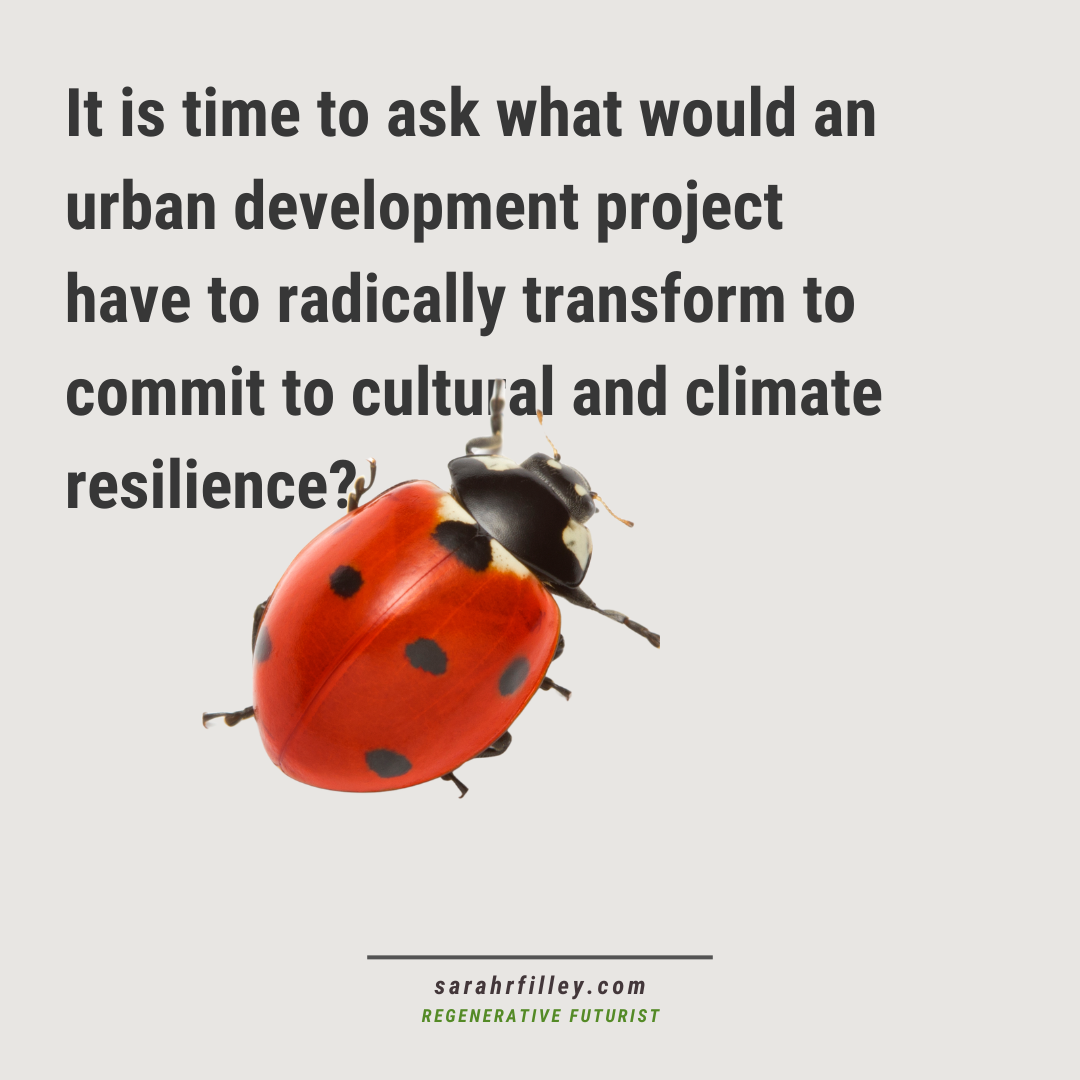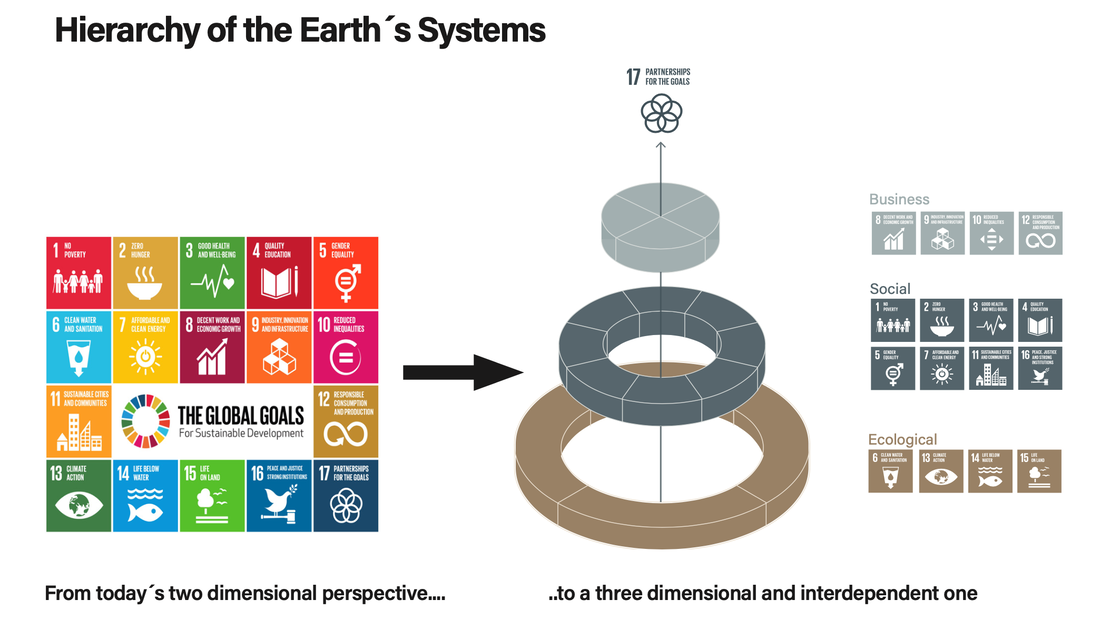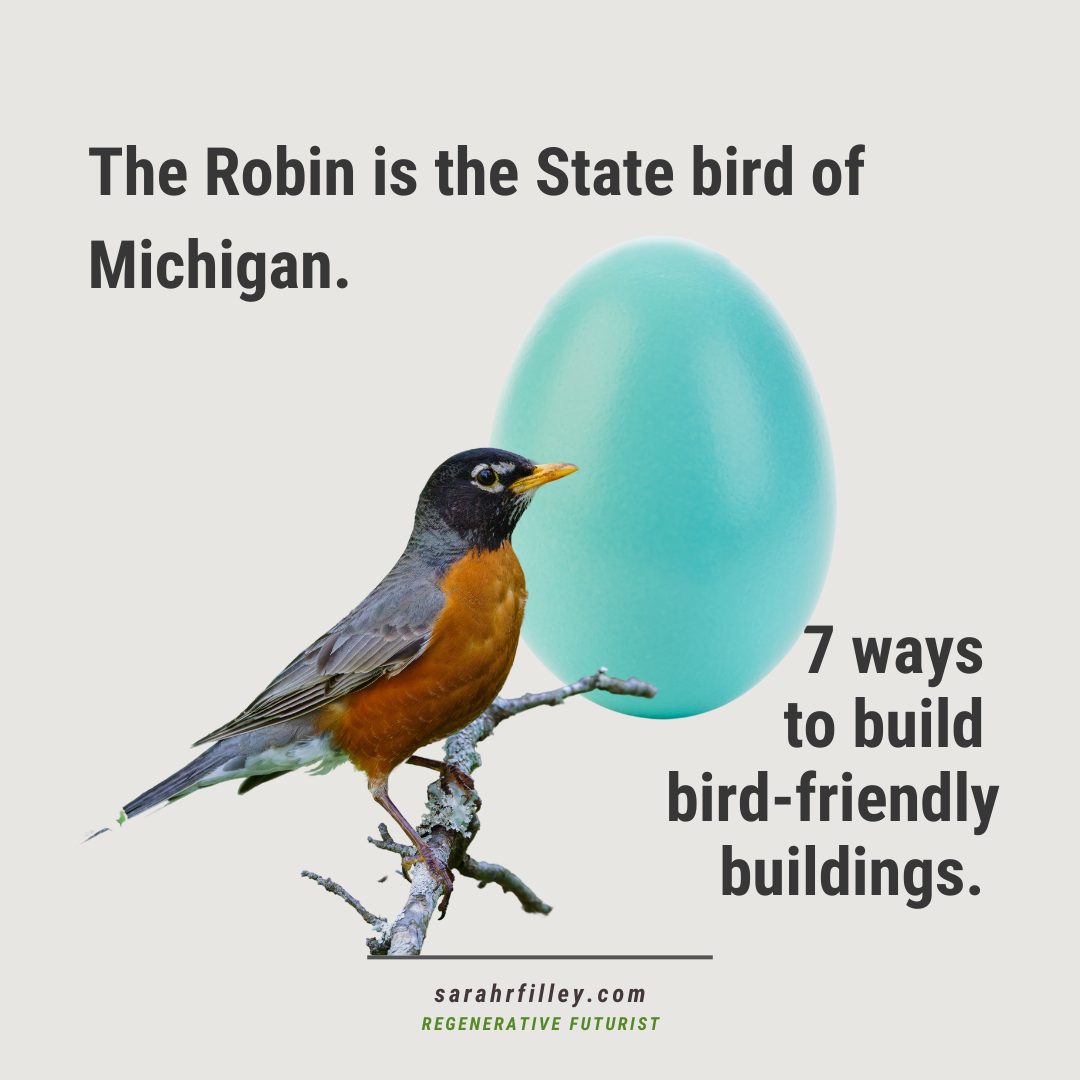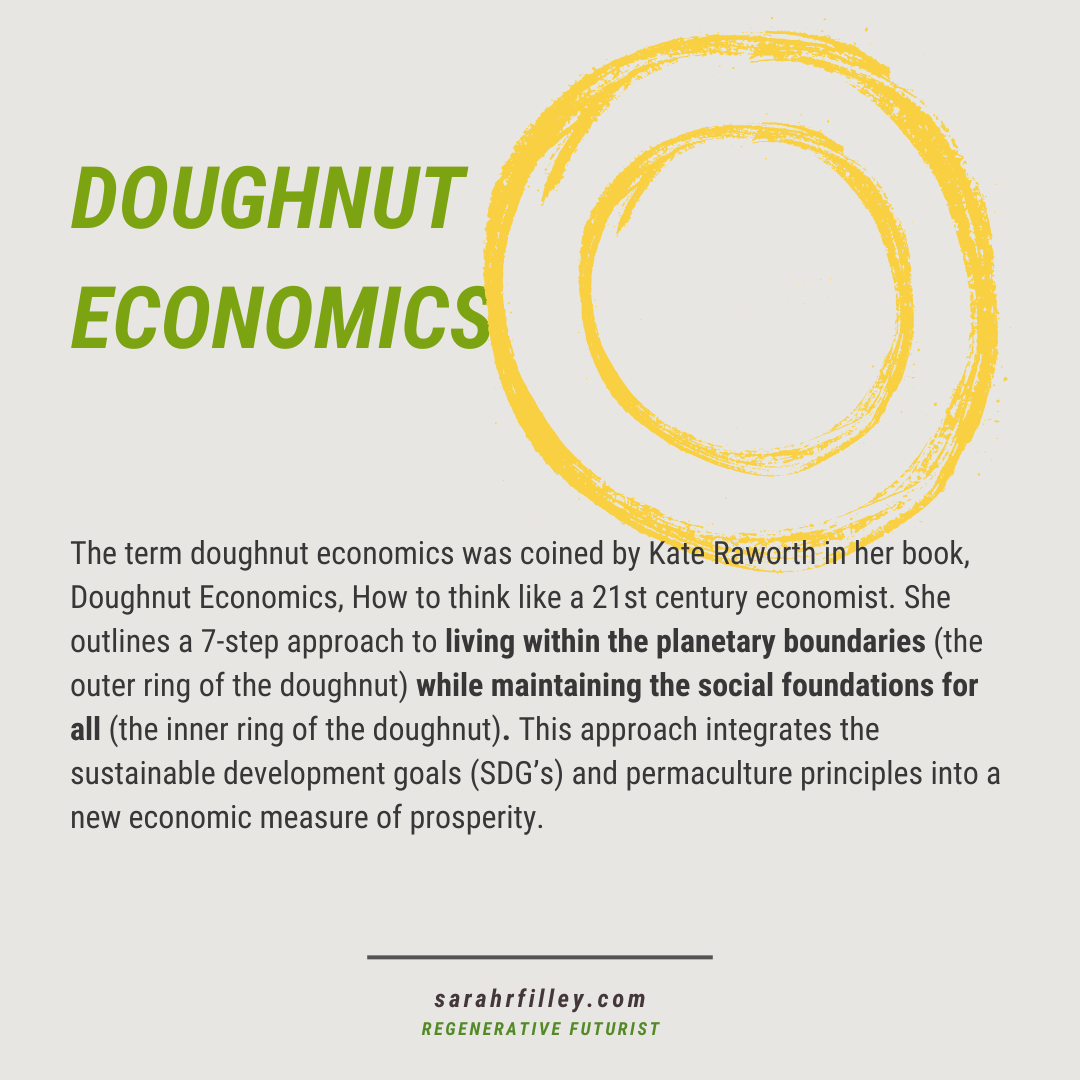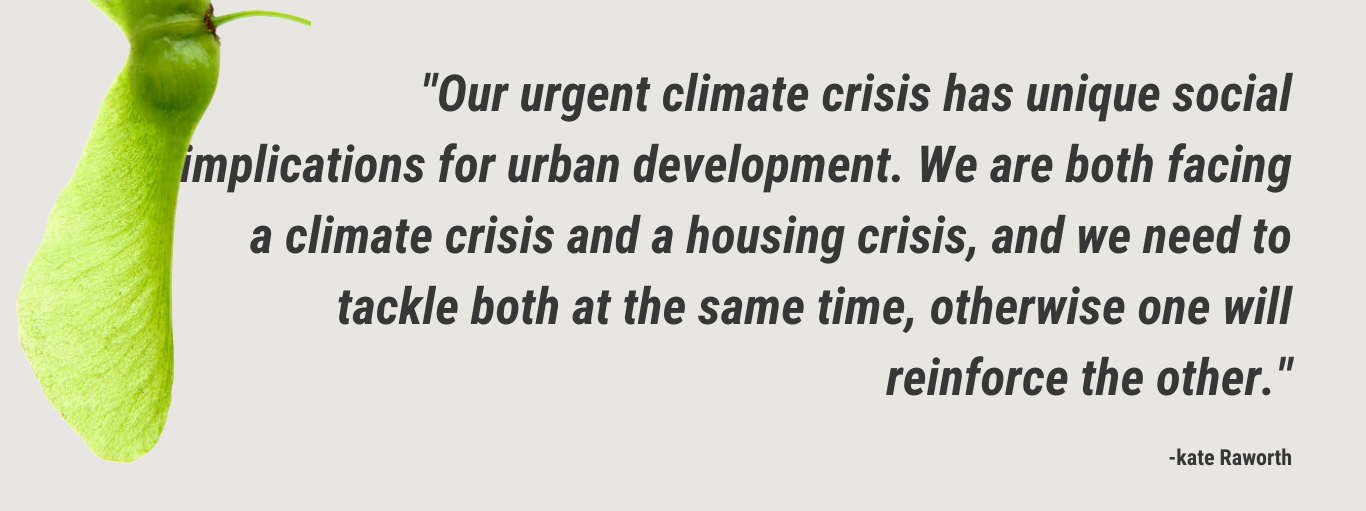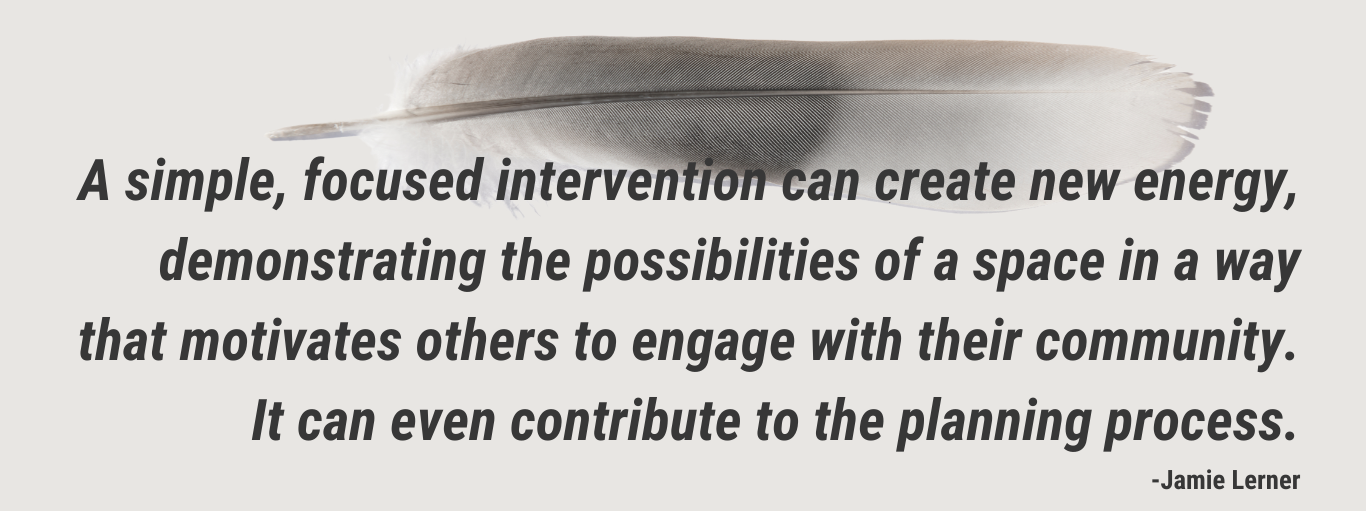AuthorHi, I lift up resources and insights for dreaming into a regenerative future. Here I share inclusive, equitable, and strategic solutions for climate action, urban development, and climate action plans. Archives
June 2024
Categories |
Back to Blog
Regenerative Development1/25/2024 "How can you effectively minimize negative effects on ecosystems and promote biodiversity, both locally and globally?"
One answer from Doughnut for Urban Development - A Manual, is to target climate stability in your communities development projects locally is adoption of circular and low-carbon construction sites by designing high quality waste handling practices and low-carbon machinery and construction techniques. Another practice is to design for durability, easy maintenance, and accessible repair to reduce the need for material exchange. In other words, the higher quality of materials the longer the project lasts which reduces replacement, repair, and waste. If local materials are used the project has opportunities to benefit from cultural traditions, techniques, skills, and knowledge which may provide sustainable solutions to local climate conditions. Developers are more likely to transform their practices to meet climate stability and cultural resilience if communities have guides, ordinances, and codes in place to vet projects that align with their local priorities. Check in with more resources and insights to dream into a regenerative future: https://www.sarahrfilley.com/aboutme.html #regenerative #urbandevelopment #climateaction
0 Comments
Read More
Back to Blog
For the birds: Part 21/24/2024 PART 2: For the birds - 7 ways to help our feathered friends.
The vision for a regenerative future includes increasing biodiversity. We can take climate action towards a regenerative future within various spheres of influence; individual, neighborhood, municipalities, and at the State and Federal levels. These examples are more individual but could have a ripple effect if applied thoughtfully to larger projects. 60-90% of our bird and insect populations have declined since 1970. We can see and hear this absence daily, it is the sound of silence. Here are 7 ways to help our feathered friends from The Cornell Lab of Ornithology. Missed Part 1? Check it out here. 5. Keep Cats Indoors - Each year, outdoor cats kill about 2.4 billion birds in the U.S. and Canada—many of which are young birds that are still in, or just out of, the nest. It’s the top human-caused reason for the loss of birds, after habitat destruction. Save birds and keep cats healthy by keeping cats indoors. This may translate into a pet policy for buildings or result in pet friendly courtyard designs for indoor cats. Or, it may be a personal choice. 6. Drink Shade-Grown Coffee - Three-quarters of the world’s coffee farms destroy forest habitat to grow coffee in the sun—forests that birds and other wildlife need for food and shelter. Shade-grown coffee preserves a forest canopy for migratory birds to survive the winter, but consumers must create a bigger demand for it. Shade-grown helps more than 40 species of North American migratory songbirds that winter in coffee plantations. This was new information for me! Consider making the switch at home, office, and construction sites. 7. Watch Birds — Share What You See - Monitoring birds is essential to help protect them, but tracking the world’s 10,000 bird species is an immense challenge. Scientists need people to report what they see in backyards and wild places around the world to have enough data to show where and when birds are declining. Join Cornell Lab’s eBird or Project FeederWatch to record your bird observations. You’ll provide valuable information to show where birds are thriving and where they need our help. There are so many benefits to learning more about our feathered friends in our area. Reach out or sign up for our newsletter for more resources and insights for dreaming into a regenerative future.
Back to Blog
Doughnut Development?1/23/2024 What makes an urban development project regenerative? If you are ready to address planetary overshoot within your urban development project, I can help. Here are three key considerations to get you started. 1] Does your project align with the global SDG's? Consider which of the 17 areas of focus the project could address. 2] How the project incorporate and support local priorities? Assessing local Climate Action and Watershed Plans benefits the projects ability to leverage community support. For example, by including access to green spaces, increasing habitats, and biodiversity the project could implement plans already underway and accelerate existing public support. 3] We strategize with you to improve local ecological and social conditions with substantial contributions to the ecological and cultural resiliency of the region, going far beyond compliance-based EIR's of limiting harm. If you are leading sustainable design in affordable housing, let's meet the challenges of 21st century development together. I am just as committed to a regenerative future as you are. Learn more or schedule a call here.
Back to Blog
For the birds: Part 11/23/2024 PART 1: For the birds.
The vision for a regenerative future includes increasing biodiversity. 60-90% of some of our bird and insect populations have declined since 1970. There are many detrimental impacts on our bird populations. This one might surprise you: Up to 1 Billion birds are estimated to die each year after hitting windows in the U.S and Canada. By day, birds perceive reflections in glass as habitat they can fly through. At night, migratory birds are drawn by city lights and can collide with buildings. Here are 7 ways to help our feathered friends from The Cornell Lab of Ornithology. I found this excellent resource during research for an upcoming project all about owls. Stay tuned... 1. Make Windows Safer - Install window screens, or break up reflections on windows using film, vinyl, stickers, paint, or string spaced in a grid no more than 2" apart vertically and 4" horizontally . 2. Reduce Lawn, Plant Natives - With more than 63,000 square miles of lawn in the U.S. alone, there’s huge potential to support wildlife by replacing lawns with native plantings. Transforming 35% of the site or lawn with Native plants will attract birds by increasing habitat, providing shelter, and nesting areas for birds. The nectar, seeds, berries, and insects sustain hungry birds and other wildlife. 3. Avoid Pesticides - More than 1 Billion pounds of pesticides are used in the U.S. each year. Common weed killers used on landscaping can be toxic to wildlife. Birds are harmed by pesticides through direct contact, or by eating contaminated seeds or prey. Pesticides also reduce the number of insects that birds need to survive and raise their young. Design alternative methods of weed suppression and maintenance. 4. Protect Our Planet from Plastic - About 4,900 million metric tons of plastic have accumulated worldwide, harming wild- life including seabirds that mistakenly eat plastic, or become entangled in it. At least 80 seabird species ingest plastic, mistaking it for food. By 2050, scientists estimate that 99% of seabird species will have eaten plastic. Avoid single-use plastics in your projects and sites, especially for sites close to the shorelines. Examine your supply chain for opportunities to reduce plastic, including drinking water during the construction phase. These are a few ways to hold urban developers accountable to you climate action and ecological plans, especially along critical migration paths along watersheds.
Back to Blog
Doughnut Economics1/23/2024 What is Doughnut Economics?
The term doughnut economics was coined by Kate Raworth in her book, Doughnut Economics, How to think like a 21st century economist. She outlines a 7-step approach to living within the planetary boundaries (the outer ring of the doughnut) while maintaining the social foundations for all (the inner ring of the doughnut). This approach integrates the sustainable development goals (SDG’s) and permaculture principles into a new economic measure of prosperity. Consulting with a focus on local economic development started to feel like I was only working with one piece of the puzzle. For a decade, centering the growing sector of women and women of color as entrepreneurs represented a key element in economic recovery and placemaking for main street initiatives. As I contributed to numerous planning efforts, I began to see nature-based solutions and permaculture as another piece of the puzzle. How do we measure prosperity? In 2017 this question was emerging at the UN and started to chip away at the idea that the GDP was an accurate measure of people's lived experience and endless growth resulted in a cleaner environment and equitable economic opportunity. These two threads, the desire to center ecological health as part of our cities and the necessity to expand our definition of prosperity to include a more equitable measure of our social foundations, expanded my practice to include Kate Raworth's Doughnut Economics. I was thrilled to participate in the Renegade Economic International Cohort in 2022 to collaboratively explore downscaling this theory to a neighborhood level. This felt most applicable to my community-scale work. I invite you to read more about that here (https://sarahrfilley.medium.com/what-is-a-regenerative...) Now it is time to combine these regenerative and economic principles within the complexities of urban development. Are you interested in expanding beyond sustainability and integrate climate resilience and nature-based solutions into your projects? I contribute to urban and rural planning initiatives, climate action plans, urban development, non-profit affordable housing projects, think tanks, and organizations working towards resilient communities. If you are working in these sectors, let's talk about how I can bring the doughnuts to your next meeting. Reach out or schedule a call:
Back to Blog
Urban Development1/23/2024 The future of urban Development is regenerative.
"Housing stability is also integral to community resilience, helping to enhance social cohesion, build community ties, and enable residents to stay better connected — particularly during extreme weather or other emergencies when neighbors often become each others’ first responders." That's right, we are each others' first responders. "As the need for climate-resilient, affordable housing becomes more pressing, cities will need to consider a multi-pronged strategy with solutions that address the full scope of climate threats to frontline communities — physical, economic, and social. Legal and policy tools should focus not only on increasing the availability of affordable housing, but also strengthening the resilience of housing to climate change impacts through measures that counter, rather than exacerbate, displacement and gentrification. Importantly, effective tools that promote resilience and equity in equal measure must also be guided by an explicit understanding of the reinforcing nature of social inequity and housing inequity.” - Georgetown Climate Center Equitable Adaptation Legal & Policy Toolkit. The need to go well beyond sustainability and LEED certification drives home the necessity for Climate Action Plans to include toolkits with ordinances for municipalities to adopt to hold urban development projects to 21st century standards of affordability, ecological stewardship, habitat restoration, and community resilience. This is especially true for critical watersheds, rural communities facing new development pressures, and areas navigating post-disaster housing pressures. Over the years I've had opportunities to work with urban developers, cities, and retailers, large and small, to design and enhance their role as community partners. I am attracted to projects and people who align with a big vision of resilient communities and then set out to drive innovation with new metrics for prosperity. Reach out, let's talk:
Back to Blog
The function of cities1/23/2024 What is the function of cities?
My work experience reveals a series of answers with over a decade of innovative and creative gestures; rethinking retail as a place of refuge, pop-up markets as spatial justice, public art as foresight strategy, civic engagement as cultural resilience, vacant spaces as business incubators, and backyards transformed into habitat labs for climate action. As we head into a period of economic uncertainty, what does designing for prosperity look like? During the last downturn our response in the Bay Area as creatives included Spontaneous Interventions, Tactical Urbanism, Guerrilla Planning, and Urban Prototyes to test new solutions to urban challenges. Today we can apply this same strategy, with little pin pricks of innovation, as we test, adapt, or retool urban infrastructure to meet the challenges of climate resilience. Interested in implementing radical and urgent regenerative approaches to affordable housing, regional climate action plans, and local policies? Want to support ambitious global climate goals in your projects? Through discovery, planing, strategic climate communications, research, analysis, and multi-sector collaboration I welcome collaborators and the opportunity to contribute to your organizational transformation, initiatives, and strategic plans. Leverage my EDI expertise in downscaling climate frameworks to the neighborhood level: -Strategic Climate Communications -Regenerative Placemaking -District and city specific and regional planning initiatives, including Climate Action Plans -Policy toolkits for Local Climate Action Reach out here or schedule a call:
Back to Blog
The Permaculture City1/23/2024 Years ago, when I read Berkeley native Toby Hemenway's book The Permaculture City - Regenerative Design for Urban, Suburban, and Town resilience, I discovered a paragraph about my company Popuphood!
At the time, I was leaning into the next phase of my work examining how I could bring permaculture principles into the planning projects that I was contributing to. It was a resonate chapter about creating conditions for prosperity that cited our work in Oakland. This was a watershed moment for me to reframe the work I was doing in local economic development as applied permaculture principles creating the conditions for spontaneous possibilities. I dove into researching urban climate resilience. In 2020 I made a pivot to found Regenerative Futurist and offer a framework for urban development projects which expanded on the work of Popuphood to set the conditions for prosperity within planetary boundaries. "[Complexity applied design (CAS) sets up conditions and guidelines which allow possibilities to emerge, creativity to thrive, and healthy and desirable outcomes to occur in communities and towns. Popuphood is a business incubator for reinvigorating depressed neighborhoods that attempt to set up the conditions for success, and then let it unfold.]" I invite you to check out my updated website where you will find more info on how we can work together and how to partner with Prosperity Forest, my nature-based futures lab piloting backyard climate solutions on the shores of Lake Michigan. Reach out here or schedule a call:
Back to Blog
What's a futurist?1/23/2024 Futurists are part scientist and part artist.
We are well versed in 5 year plans, yet looking 10 years into the future stretches us into unknown probabilities. In order to design resilient communities we are already seeing what we need to prepare for. However, It is an act of urgent optimism (Jane McGonigal, IFTF) to design for what would delight us, connect us, and give us joy. The complexity before us is daunting, yet designing for preferred futures allows us to imagine something so compelling, that we can't wait to build it. I help mission driven organizations expand their reach by centering their vision within a larger narrative that is future oriented. Working with cities, urban planners, and organizations invested in innovation, regenerative design, and strategic planning with a DEI lens, I've founded a couple companies and honed my consulting over a decade. Reach out or schedule a time to chat about how foresight strategies and regenerative frameworks could work for your next project or initiative.
Back to Blog
What's in a name?1/23/2024 Regenerative Futurist is a new term for an emerging field- it's a mouthful!
But the future is going to need to feel different on our tongue if as we speak a new world into existence. Right? So, what do I mean when I say regenerative? The term regenerative in the context of urban development, rethinks waste as an input beyond sustainable compliance and the built environment. Think of a circular economy as an example. It is a framework to envision systems designed to limit extractive practices, expand nature-based solutions, and challenges us to prioritize meeting the needs of all people while respecting the limits of planetary boundaries. I'll be posting more definitions, intros, and more context about what I am up to, so stay tuned. If you are looking for a regenerative urban development strategies, climate action plans contributes, and consultants with a DEI lens let's talk: |
 RSS Feed
RSS Feed
